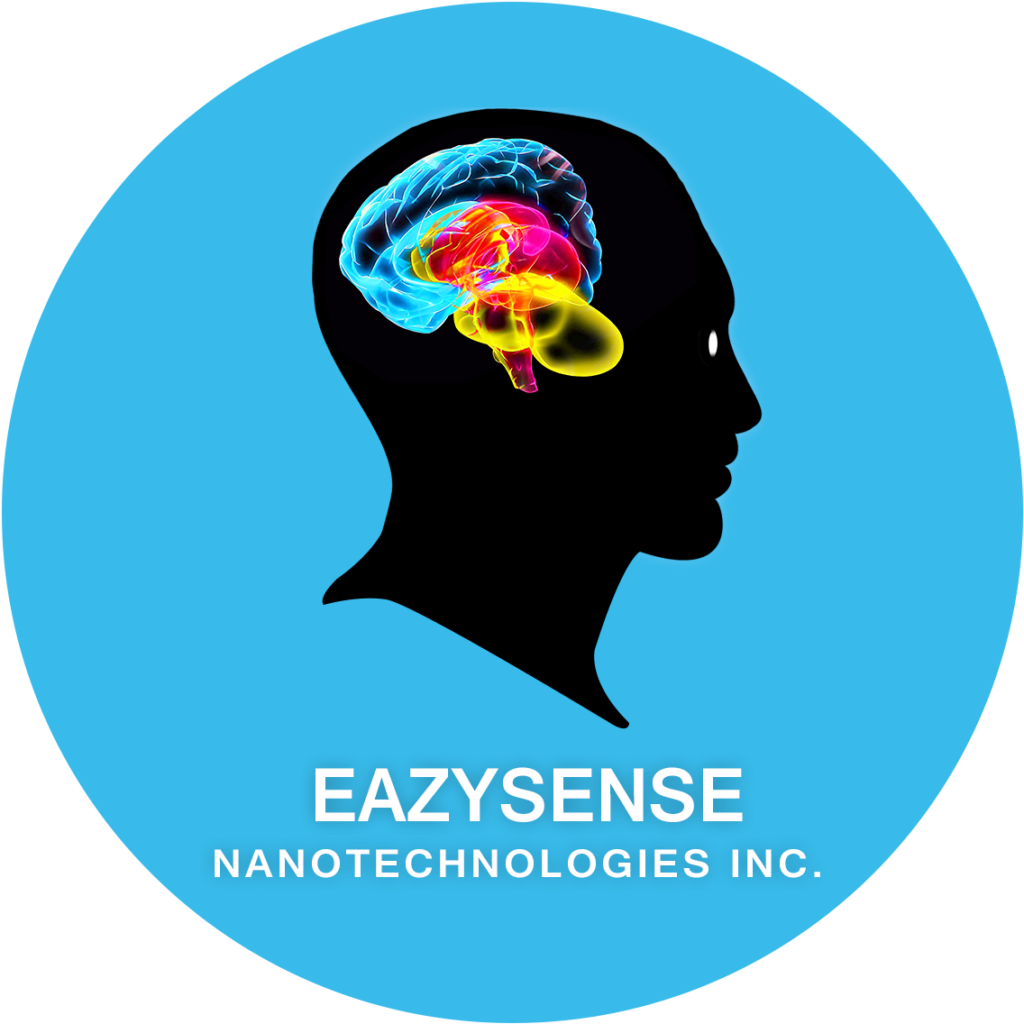Title: Selective detection of ascorbate, dopamine and serotonin with new N-Stearoylcerebroside and Laurate sensors: studies of oxidative stress in a morphine/ascorbate animal model.
Keywords: Ascorbate; BRODERICK PROBE® sensors; dehydroascorbic acid; dopamine; drug addiction; electrodes; Laurate sensor; microelectrodes; microvoltammetry; morphine; naloxone; neuromolecular imaging (NMI); N-Stearoylcerebroside sensor; nucleus accumbens; sensors; serotonin; opioids; oxidative stress; pain; stroke.
Corresponding Author: Medical Professor Patricia Ann Broderick, Ph.D.
Corresponding Author’s Institution: CUNY Medical School
First Author: Patricia Ann Broderick, Ph.D.
Order of Authors: Patricia Ann Broderick, Ph.D.
Abstract: The in vitro performance of new N-Stearoylcerebroside and Laurate BRODERICK PROBE® sensors, developed in this laboratory, is presented. The in vitro performance of these new sensors was evaluated using a patented, electrochemically-based neuromolecular imaging (NMI) biotechnology. The sensors were placed in saline/phosphate buffer and were pretreated with a solution of phosphatidylethanolamine (PEA) and bovine serum albumin (BSA) which simulates the brain environment.
Each new sensor was tested for operational stability, sensitivity and selectivity by pipetting graduated increases in concentrations of ascorbate, dopamine (DA) and serotonin (5-HT) into an electrochemical cell containing buffer. Multiple and repetitive images of electrochemical signals from ascorbate, DA and 5-HT were recorded. In vitro results showed that both new sensors produced three cathodic electrochemical, well-defined and selective peaks for ascorbate, DA and for 5-HT. Dopamine and 5-HT were generally detected at nM concentrations while ascorbate was generally detected at uM and nM concentrations. Concentrations of
ascorbate were approximately 3-300 times greater than concentrations of DA or 5-HT. Further in vitro studies with the Laurate sensor were performed without PEA/BSA pretreatment to serve as an additional control since the Laurate sensor was selected to perform the in vivo studies. For the in vivo studies, a morphine/ascorbate animal model was used because this model has been linked to ascorbate, DA, 5-HT and to monoamine oxidative metabolism at nigral sites (Enrico et al., 1997,1998). In the present paper, in vivo oxidative stress mechanisms were tested in a morphine/ascorbate animal model using NMI wherein Laurate sensors were implanted at a mesolimbic site, the ventrolateral nucleus accumbens (vlNAcc), in anesthetized male, Sprague-Dawley rats. In separate studies, laboratory rats were injected with (1) ascorbate, (5-35 mg/kg ip) or (2) dehydroascorbate (DHA) (20-100 mg/kg ip). Then, in another separate study, (3)morphine sulfate (10-20 mg/kg sc) was injected followed by a single injection of naloxone (5 mg/kg ip). Results showed that (1) neither ascorbate nor DHA injections produced ascorbate release in the vlNAcc (2) morphine significantly increased DA and 5-HT release, but did not alter ascorbate release in the vlNAcc, and (3) naloxone significantly reversed the increased DA and 5-HT release in the vlNAcc produced by morphine. Since ascorbate is released in vivo to compensate for oxidative stress, the data suggest, that little or no change in oxidative stress occurred with morphine/ascorbate interactions in the vlNAcc. The data are in agreement with studies of sufentanil/ascorbate oxidative stress (Serra et al., 2003). Ascorbate/monoamine oxidative stress mechanisms are important in the relief of pain, in reducing opiate addiction and in neuroprotection against stroke. Thus, new N-Stearoylcerebroside and Laurate sensors, which selectively detect and separate these critical neuromolecules, are clinically relevant.
If you want to read more, then click here.
